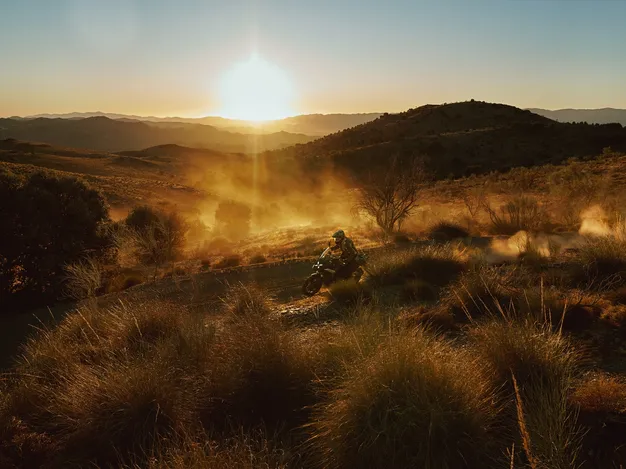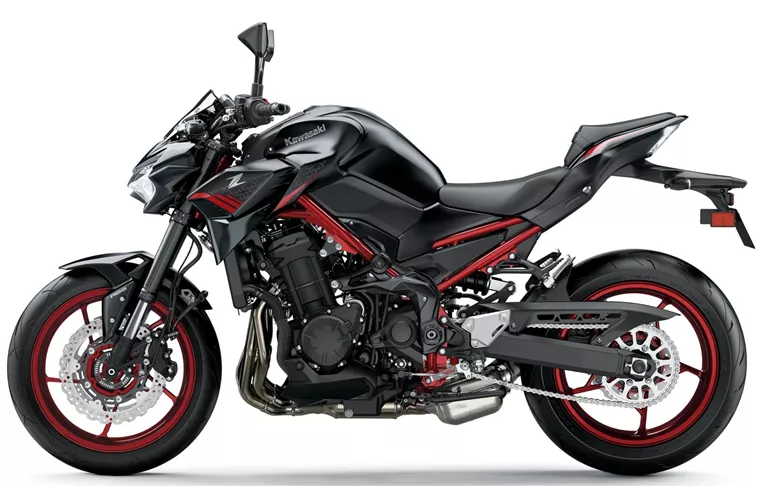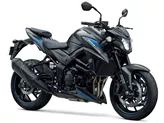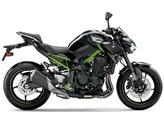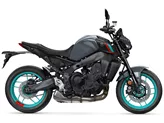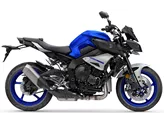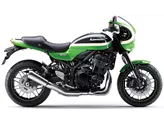Kawasaki Z1000SX 2016 vs. Kawasaki Z900 2021

Kawasaki Z1000SX 2016

Kawasaki Z900 2021
Overview - Kawasaki Z1000SX 2016 vs Kawasaki Z900 2021
The Kawasaki Z1000SX 2016 and the Kawasaki Z900 2021 are both sporty motorcycles with powerful engines and similar technical specifications. However, there are some notable differences between the two models.
Starting with the engine, the Z1000SX 2016 is equipped with an inline four-cylinder engine that delivers 142 horsepower and 111 Nm of torque. On the other hand, the Z900 2021 also features an inline four-cylinder engine, but with slightly lower power output at 125.4 horsepower and 98.6 Nm of torque. Despite the lower power, the Z900 is still a capable machine with good acceleration and performance.
In terms of transmission, both bikes have a chain drive system, ensuring efficient power transfer to the rear wheel. They also share the same cooling system, utilizing liquid cooling to maintain optimal engine temperatures.

Kawasaki Z1000SX 2016
When it comes to suspension, both models feature upside-down telescopic forks at the front. However, the Z1000SX 2016 offers more adjustability with compression, preload, and rebound adjustments, while the Z900 2021 only has preload and rebound adjustments. This means that the Z1000SX can be fine-tuned to suit individual riding preferences and road conditions.
In terms of braking, both bikes have double disc brakes at the front with four-piston calipers. However, the Z1000SX 2016 boasts advanced braking technology with radial, monoblock, and petal features. The Z900 2021, on the other hand, only has petal technology. This may result in slightly better braking performance and heat dissipation on the Z1000SX.
In terms of rider assistance systems, the Z1000SX 2016 offers traction control, which helps improve stability and control during acceleration and cornering. The Z900 2021, on the other hand, goes a step further and includes advanced rider assistance systems such as ABS, riding modes, ride by wire, and traction control. These additional features enhance safety and provide a more customizable riding experience.
Both motorcycles have similar dimensions and weights, with slight variations in tire width and seat height. The Z900 2021 has a slightly wider rear tire at 180mm compared to the Z1000SX's 190mm rear tire. The Z900 also has a slightly lower seat height at 795mm compared to the Z1000SX's 822mm seat height. These differences may affect the handling and comfort of the bikes, depending on the rider's preferences.
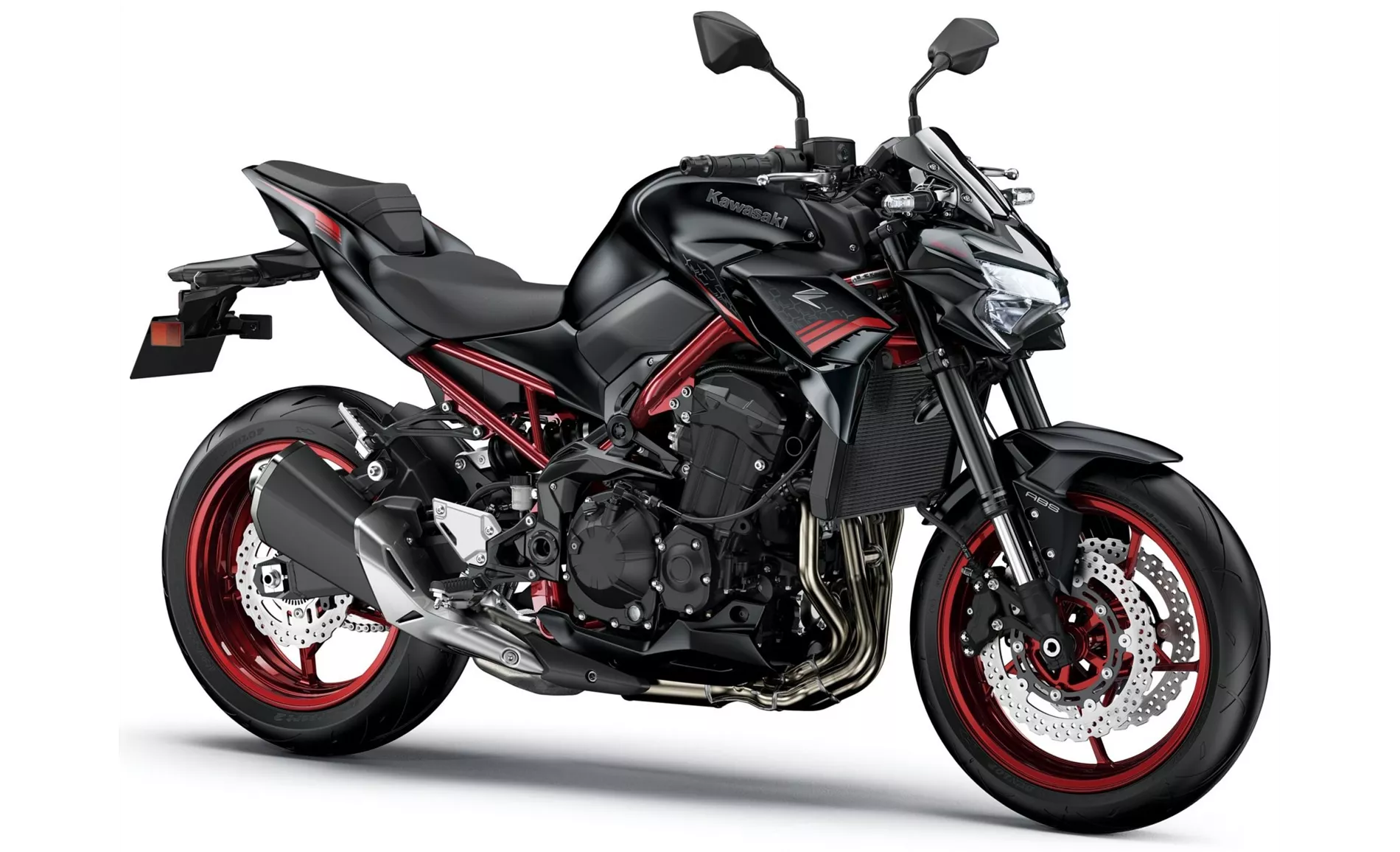
Kawasaki Z900 2021
In terms of strengths, the Z1000SX 2016 is known for its confident and powerful engine, making it suitable for touring. It also features a fairing that provides wind protection and a well-integrated pannier system for added convenience. The Z900 2021, on the other hand, is praised for its powerful four-cylinder engine, intuitive handling, good equipment, and aggressive looks. It is also considered a good value for money option.
As for weaknesses, the Z1000SX 2016 has been criticized for somewhat stiff handling in tight curves and instruments that are not optimally backlit. On the other hand, the Z900 2021 lacks a quickshifter option and some competitors offer more advanced electronic features with a 6-axis IMU.
In conclusion, both the Kawasaki Z1000SX 2016 and the Kawasaki Z900 2021 are impressive motorcycles with their own strengths and weaknesses. The Z1000SX offers a more touring-oriented design and advanced electronic features like traction control, while the Z900 provides a more aggressive look and better value for money. Ultimately, the choice between the two will depend on the rider's preferences and intended use of the motorcycle.
Technical Specifications Kawasaki Z1000SX 2016 compared to Kawasaki Z900 2021
Pros and Cons in comparison
Pros and Cons in comparison
Kawasaki Z1000SX 2016

The current model of the Kawasaki Z1000SX is already a wonderfully balanced motorbike that scores points with its sporty charms as well as its comfort features and long-distance capability. However, the new 2017 model makes everything even better: refined wind protection, a more comfortable seat, better accessories and a host of electronic helpers that make riding safe and confident even in adverse conditions. Nothing had to be changed in the sporty character of the powerful engine, and the look with the LED headlights and the many edges is almost on the level of a super sports bike - all in all, an absolutely successful further development.
Kawasaki Z900 2021
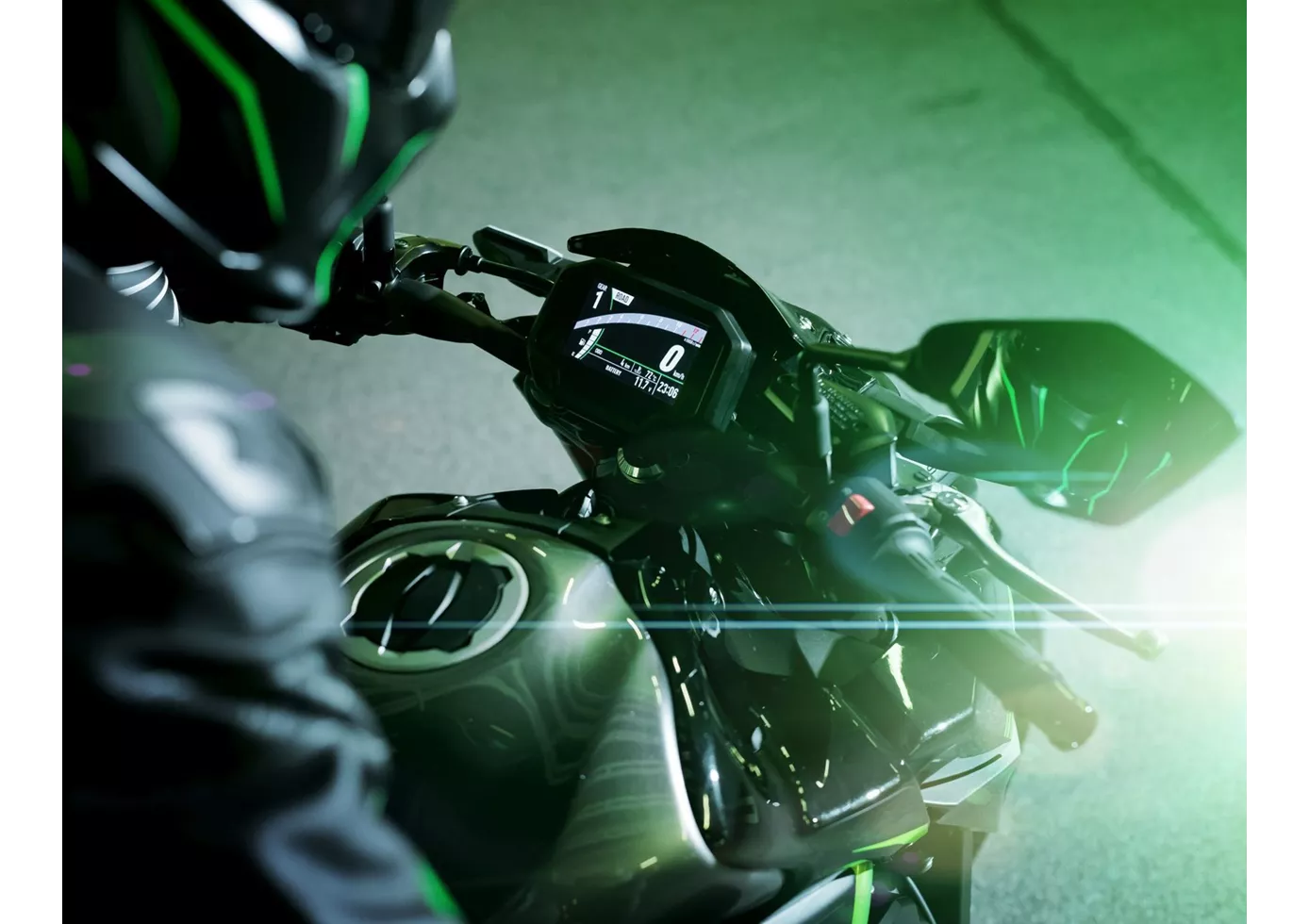
In terms of price-performance, the Kawasaki Z900 is hard to beat at the moment. With the perfectly tuned engine, the high-quality chassis components and the electronics added for 2020, this naked bike offers everything that sporty riders will be looking for. There is really nothing to complain about, except for the lack of a quickshifter option.
Price Comparison Avarage Market Price Kawasaki Z1000SX vs Kawasaki Z900
There are a few key differences between a Kawasaki Z1000SX 2016 and a Kawasaki Z900 2021. In terms of price, the actual average price of a Kawasaki Z1000SX 2016 is about 3% higher. Compared to Kawasaki Z900 2021 there are less Kawasaki Z1000SX 2016 bikes available on the 1000PS.de Marketplace, specifically 8 compared to 33. It takes less time to sell a Kawasaki Z1000SX with 96 days compared to 107 days for a Kawasaki Z900. Since model year 2011 1000PS.de editors have written 14 reviews for the Kawasaki Z1000SX and 46 reviews for the Kawasaki Z900 since model year 2017. The first review for the Kawasaki Z1000SX was published on 10/5/2010 and now has more than 9,900 views. This compares to more than 93,200 views for the first review on Kawasaki Z900 published on 11/11/2016.
